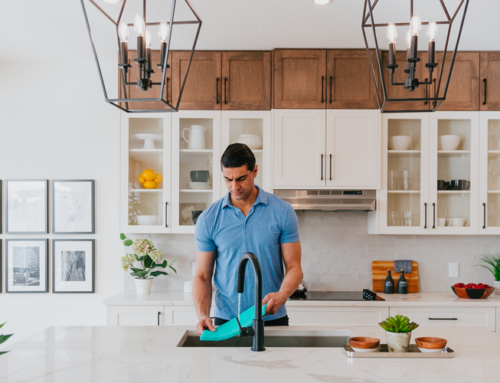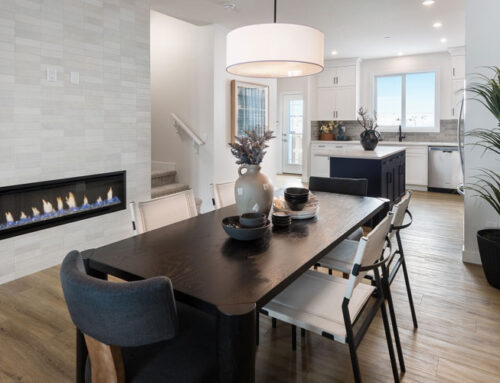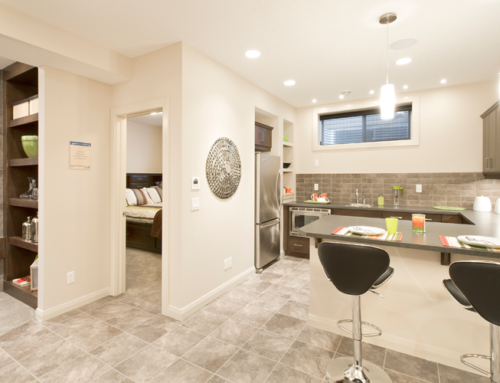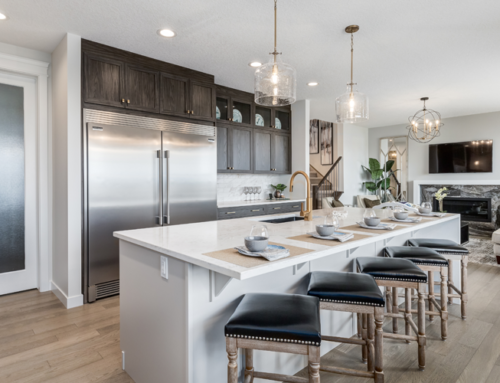 As you compare home builders, you’ll find that many offer incentives to sweeten the deal and encourage you to choose them. Typically, builders will offer bigger promotions in the beginning and end stages of a community development.
As you compare home builders, you’ll find that many offer incentives to sweeten the deal and encourage you to choose them. Typically, builders will offer bigger promotions in the beginning and end stages of a community development.
These incentives might be a good deal for you, but it’s important to recognize them for the sales tactics they are. Builders aren’t losing money when they offer you these perks, they’re gaining your business.
What Are Builder Incentives?
First, it’s a good idea to know what types of incentives are commonly offered by new home builders.
‘Free upgrades’ are probably one of the most popular incentives for builders to offer. For example, the builder might offer you a certain amount of money – say $20,000 – that you can use toward a nice patio or those granite countertops you really wanted.
Sometimes, the money can only be used for certain types of upgrades such as flooring or countertops, and you always have to pay any difference if the upgrade you choose goes over the amount.
These types of incentives are appealing because they often promise high-end upgrades for what seems to be a fraction of the cost. Other incentives might be waiving some or all of the closing costs, paying some of your property taxes or insurance costs, or just offering discounted prices.
How Do I Know If It’s A Good Deal?
Although not the case for all builders, some home builders will offer prospective customers an ‘incentive’ when, in fact, the cost of the incentive is factored into the sale price of the home. The overall cost is actually higher so you can feel like you’re getting a good deal with the ‘free’ upgrades when, in reality, you’re still paying for them.
Another thing to consider is some builders’ upgrades are overpriced in that you might pay the retail cost for materials. What does this mean? It means that you’re probably paying more for the upgrade than you would if it wasn’t ‘free.’
You can tell if something is overpriced by comparing the cost of the upgrade between builders. Look at how much it might cost to have the same job done by a local contractor as well.
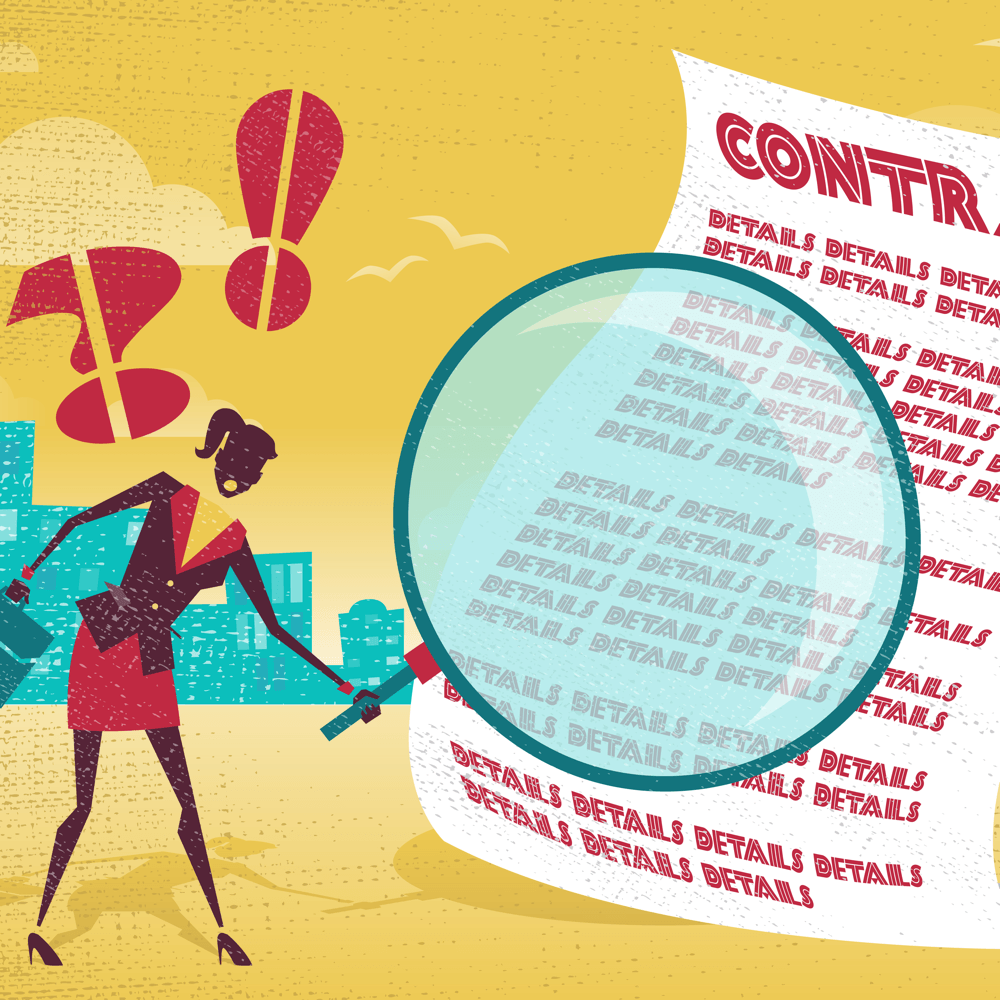 What’s the Catch?
What’s the Catch?
Aside from the cost of upgrade incentives being inflated, there are a few other things you should watch out for as you consider builder incentives.
For instance, sometimes incentives only apply under certain conditions. You may go in thinking you’re going to get $20,000 in free upgrades, just to find out that your choices are very limited, or you can only qualify if you build your home in a particular development. Incentives might also only be available to buyers who are able to close within a certain timeframe or who use the builder’s preferred lender.
Incentives can save you money, but you need to read the fine print. You don’t want to find out last minute that you won’t qualify, leaving you scrambling to either make changes in the home’s plan or having to find the extra cash for upgrades.
The “Best” Incentive
The best incentive is no incentive at all, but rather a better specification. As tempting as upgrades are, you’re almost always better off to look for quality. In the home building industry, that’s the specifications of the products used in the home.
At first glance, it may appear that a higher specification house is more expensive in a direct base price comparison. However, when you breakdown and evaluate the upgrade costs on similar specifications, then the savings on what you get with a higher spec adds up to less money overall – even when the incentive is included.
Let’s compare. Builder A may have a “free upgrades” incentive package for upgraded granite countertops in the kitchen, but Builder B already has upgraded kitchen countertops included in the base price. With the incentive package, Builder B will apply the cash amount of the incentive towards the retail price of the upgraded cabinets, whereas the base price of the upgrade is already included in Builder’s B higher specification. So most of the upgrade amount will be applied to the markup of the retail price as opposed to what they really cost. This means the home from Builder B is less expensive, without the need for any incentives.
A higher specification means you get better value overall. Plus, you get a better built, higher quality home to move into.
Finding What’s Best for You
The key to getting a great deal on your home is to shop around and compare costs. Although incentives will vary from builder to builder, developing a list of your wants will give you a good starting point.
For example, you might know that you want a 4-bedroom home around 2,300 square feet with two bathrooms. You also might know that you want hardwood floors, an outdoor patio, a gas fireplace, and radiant heating. Take these specs to each builder and have them add the cost of these features to the base price of the house to give you a full-price quote. It’s only in doing this that you really see how much things cost.
One builder might offer you the patio as a ‘free upgrade’ with the builder’s incentive while another builder might include the patio or a higher specification in the standard cost of the home.
When you buy your home, go in with your eyes wide open. Be aware of the sales tactics that builders are using to make their company more attractive. Carefully compare your options and shop around. Since your home is probably the biggest investment you’ll make, it’s worth taking the time to make sure you’re getting the best deal.
{{cta(’65b2f630-f1bb-41a6-86fa-fce8961394b6′,’justifycenter’)}}


